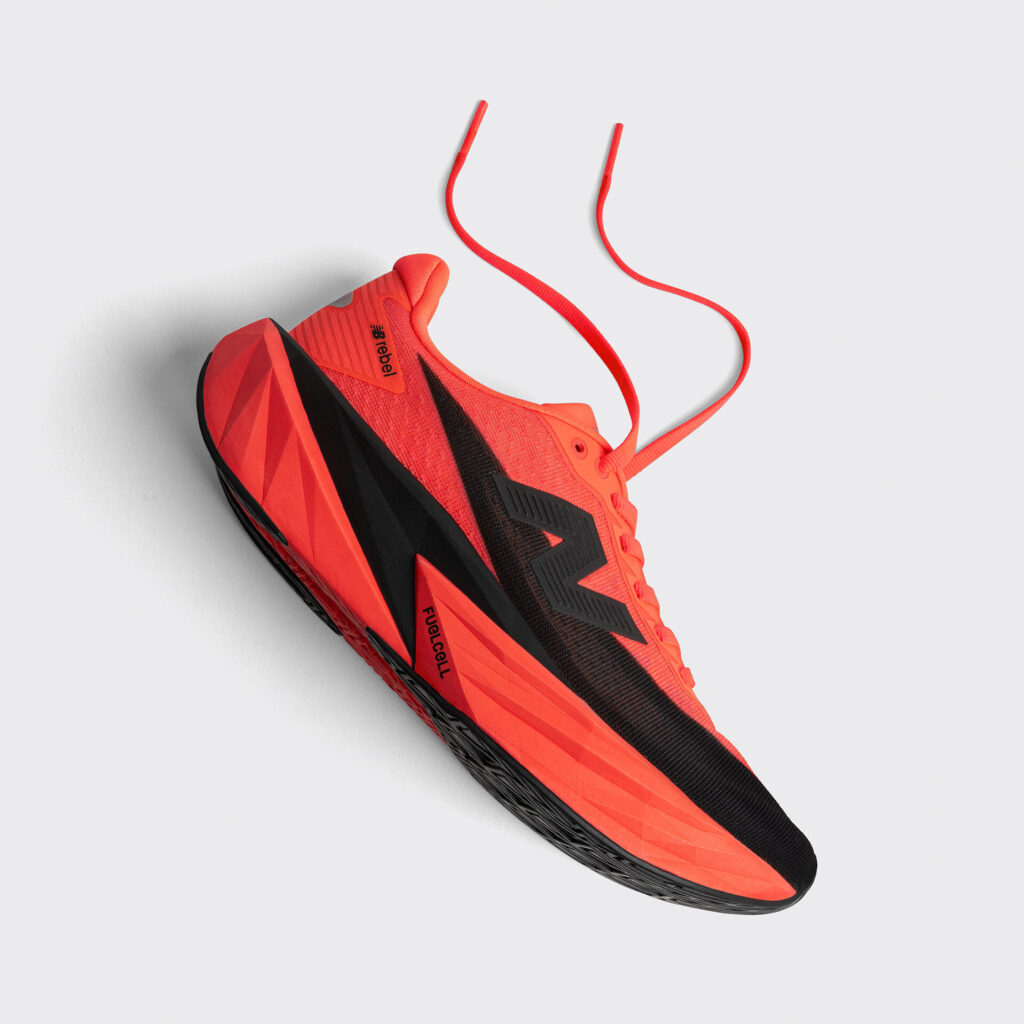
In the game of weight loss, the deck is stacked against you. Food marketers have spent millions researching colours, flavours, scents and packaging in order to find the best ways of getting you to eat more.
But in the past few years, brain researchers have discovered some tricks to help suppress your hunger. You can trump the urge to overeat with these science-supported strategies.
HANG A MIRROR IN YOUR DINING ROOM
Research shows that people who eat in front of a mirror enjoy junk food less and, as a result, eat less of it.
However, people who sat down to a healthy meal actually felt better about themselves – plus they got more enjoyment out of their vegies.
The researchers figure your reflection holds you accountable for your choices and healthy choices spark positive emotions.
CLEAN YOUR KITCHEN
Spending just 10 minutes in a cluttered, disorganised kitchen made volunteers more likely to reach for unhealthy snacks like biscuits, according to a study in Environment and Behaviour.
They ate about 420 more kilojoules – all of it junk – compared with people in a tidy kitchen (who were more likely to choose carrots to nosh on).
PAY CASH FOR JUNK
Scientists have found that having to dig out dollars to get a bar of chocolate or a bag of chips may give you pause enough to reconsider the purchase.
The pain of parting with hard cash stops many impulsive cake and biscuit purchases, according to a study of shopping behaviours in the Journal of Consumer Research.
Another trick at the supermarket is to choose the smaller trolley: these researchers also noted people made more impulsive purchases when pushing around a larger cart.
DIM THE LIGHTS
With soft lighting, stress melts away, conversation gets interesting and mood improves. Oh yeah, and you eat less, according to research published in Psychological Reports.
In the study, participants who ate in dimmer lighting enjoyed their meals more, took longer to eat and consumed 18 per cent fewer kilojoules than people who sat under bright lights.
Related: 7 Stupid-Simple Ways to Eat Less
BEWARE OF ACTION MOVIES
Look, eating in front of the TV is unwise, but we all do it.
So save the snacks for comedies or talk shows, and put the potato chips away (or pre-measure your portion) when you’re watching action movies or tear-jerkers, suggests the findings of a study published in the Archives of Internal Medicine.
People scarfed twice as much snack food while watching The Island than they did while watching a talk show. At the cinema, viewers of sad movies ate 28-55 per cent more buttered popcorn than people who watched comedies.
USE THE POWER OF PEPPERMINT
Just a whiff of peppermint helps control cravings and emotional eating, according to research published in the journal Appetite.
In the study, people who sniffed peppermint every two hours felt less hungry, more focused, and consumed almost 12,000 fewer kilojoules a week than non-sniffers.
A similar study at St George’s hospital in the UK found the same effect when people wore a vanilla-scented patch. They lost 2.2 kilograms in a month and felt more in control of their diet than people who didn’t wear the patch.
USE A LONG FORK
A long, elegant fork or spoon will slow you down and help you glean more enjoyment from your meal. (The same is true for long chopsticks versus short chopsticks.)
A study published in Psychological Reports found that, weirdly enough, short utensils made volunteers feel the need to shovel in more food. People using longer cutlery reported enjoying their food more, and they took more time between bites and ate less.
DON’T COLOUR COORDINATE
White pasta in a white cream sauce on a white plate equals an overstuffed you: a study in the Journal of Consumer Research found that people exert better control over portion size when food contrasts with the colour of the plate.
One simple solution: another study in the International Journal of Obesity found that simply eating off a plate with a blue rim led diners to perceive their servings to be larger.
Related: 38 Ways To Lose Weight Without Trying



















